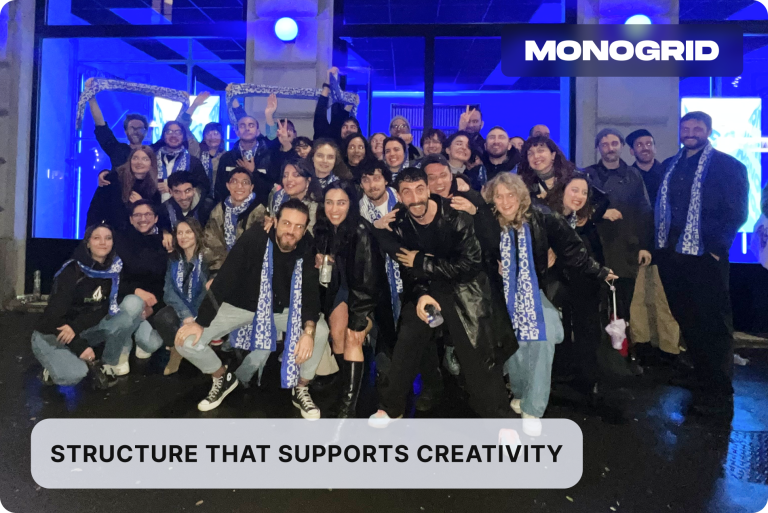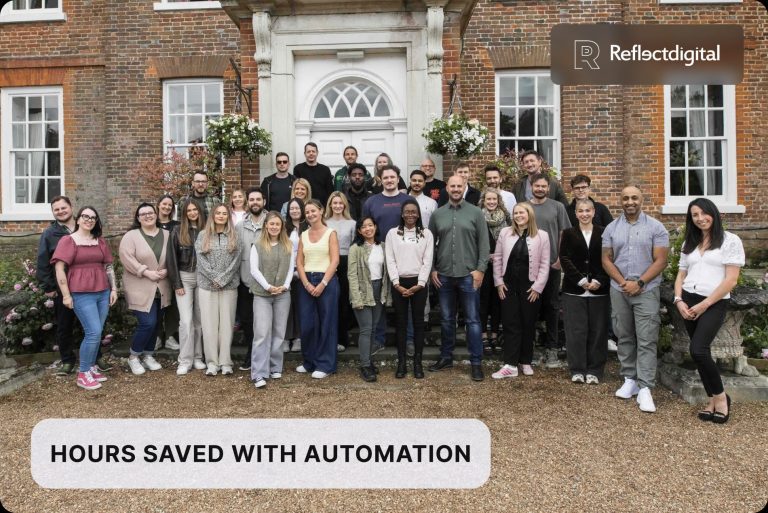How Companies Thrive With Productive
Learn how companies save time and grow thanks to the processes and data they manage in Productive.

How Companies Thrive
With Productive
Learn how companies save time and grow thanks to the processes and data they manage in Productive.

Where Bold Ideas Thrive and Operations Stay Sharp: MONOGRID’s Story

Customer-Centric Marketing, Powered by Productive: Reflect Digital’s Story

Powering Global Growth with Productive: How PIABO Communications Streamlined Operations Across Regions

Driving Growth With Productive: How Numble Scaled Smarter
Here’s Why Teams Choose Productive








Hike One
|Digital Product Design Agency
72
People
Amsterdam, The Netherlands
Location
Hike One Has Control Over Their Data and Growth With Productive
We had a chat with Martijn Pillich, who plays the role of Managing Director at Hike One. Read about the main benefits Hike One has experienced since switching to Productive.

Makerstreet
Productive Serves Makerstreet as a Single Source of Truth

bicg
BICG Now Has a 360-Degree View of Business

Tandem X Visuals
Productive Is Tandem X Visual’s One-Stop Shop for Managing Work

Porsche Digital Croatia
How Productive Supports the Rapid Growth of Porsche Digital Croatia

Saffron Consultants
Saffron Got Clarity on All Aspects of Business

Infinum
Resource Planning For Professionals: Managing 350+ People Using Productive

DotControl
DotControl Digital Agency Increased Their Forecasted Utilization With Productive

Hike One
Hike One Has Control Over Their Data and Growth With Productive
SAFFRON CONSULTANTS
Saffron Got Clarity on All Aspects of Business With Productive